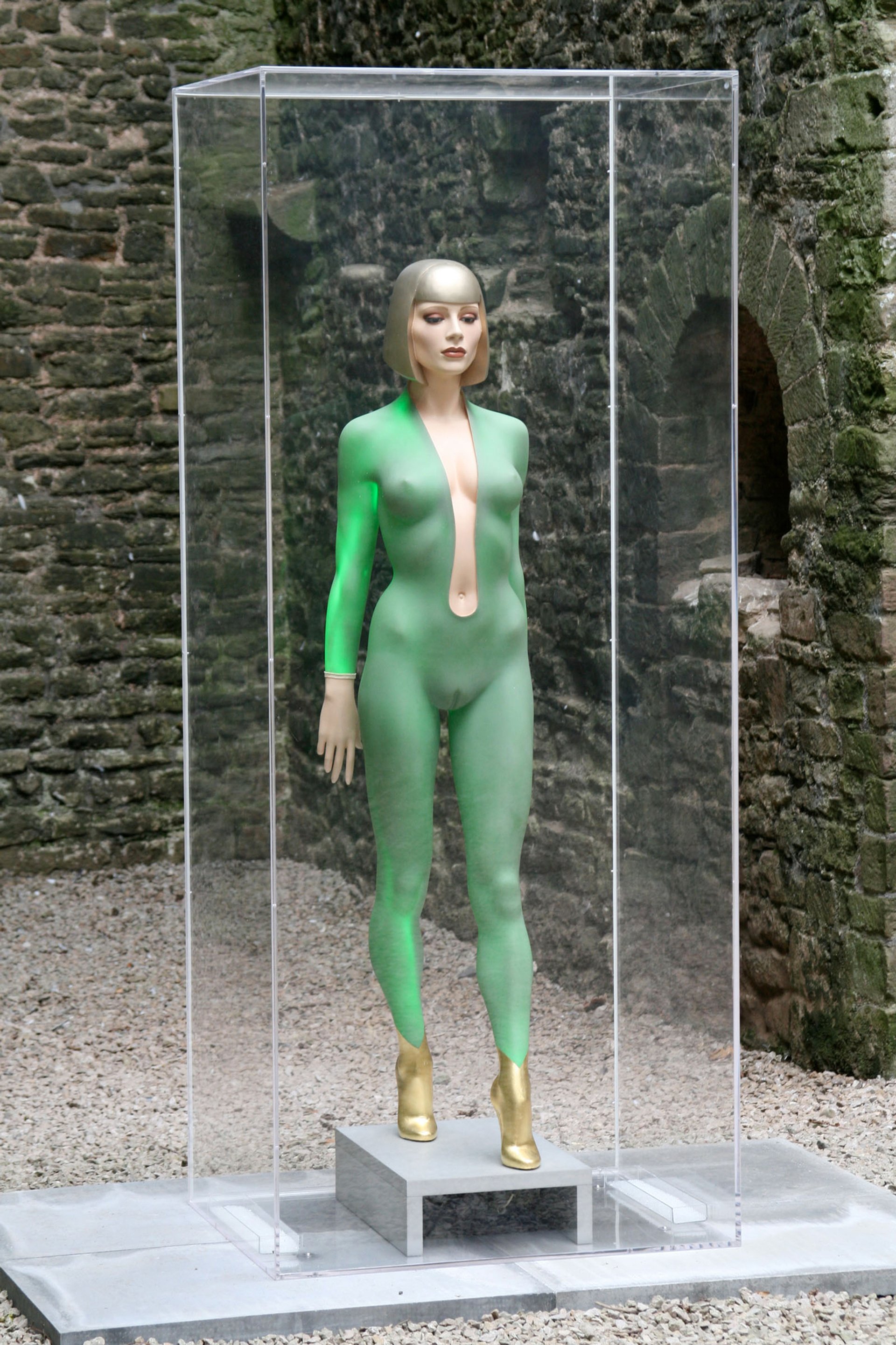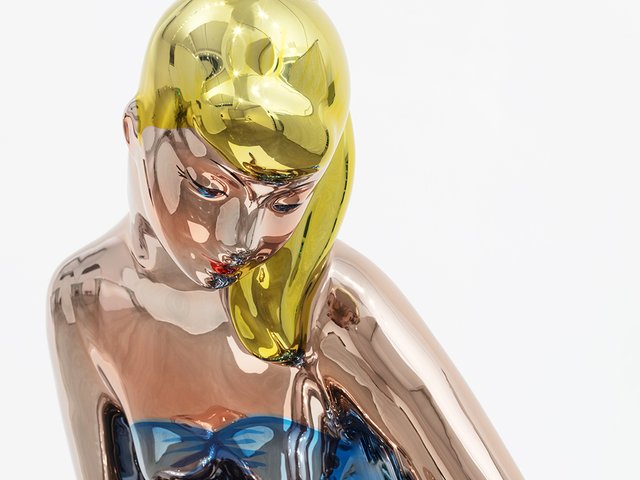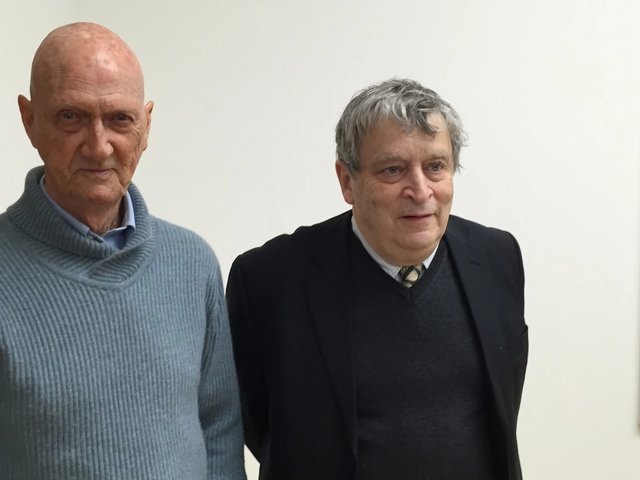The British artist Allen Jones is best known for the fetishist fibreglass sculptures he created in the late 1960s, which transformed women into household furniture, namely Hatstand (1969), Table (1969) and Chair (1969). Accusations of misogyny based on these early works have dogged Jones throughout his career. In 1978, the sculptures were shown at the Institute of Contemporary Arts (ICA) in London and feminist protestors set off stink bombs at the exhibition. In 1986, a demonstrator poured paint stripper over Chair (1969) when it was displayed at the Tate.
A retrospective on the artist that opened Thursday 31 March at the Michael Werner gallery in New York (until 28 May), aims to “re-introduce Jones’ expansive and diverse work to the larger American public”, says the London curator Norman Rosenthal, who organised the show. Three decades later, “in the conservative, Donald Trump-era in America”, says Rosenthal, “some people still find the subject matter of Jones’ work rather difficult to understand.”
“He is a hands-on and refined artist with an incredible sense of line, and he is an artist who thinks a lot about abstraction and classical art, as well as the classic subject of sex and how it is perceived”, Rosenthal adds. “But, he’s not a sex-maniac—he’s a very gentle, normal human being who, like all of us, has dreams and presents them subliminally and, perhaps, in a Freudian way.”
The gallery show comprises 17 works including paintings and sculptures gating from 1964 to 2015, which illustrate the development of the artist’s style. “At the beginning, his work was much more eclectic”, says Rosenthal, “He was always trying to find a synthesis between abstraction and configuration, and, if you look at the way his art has developed, it’s always consistent but has a huge scope of variety.”

One highlight is an early painting made with oil, plaster and epoxy resin on wood titled Curious Woman (1964-65) that was created in the Chelsea Hotel in New York City “well before Warhol made [the film] Chelsea Girls and made that hotel famous”, Rosenthal says. Although Jones’s notorious woman-furniture sculptures are not included, the retrospective will show the plastic body armour designed by Jones that Kate Moss wore on the cover on POP magazine in 2013, as well as one female sculpture titled Light Green (2001) and two abstract sculptures.
Meanwhile, the London branch of Michael Werner Gallery is also showing Jones’s work in Maîtresse (until 29 April 2016). The exhibition brings together a series of paintings that he created after 2008, based on a never-shown poster he was commissioned to make in 1975, for a film on a Parisian dominatrix.



